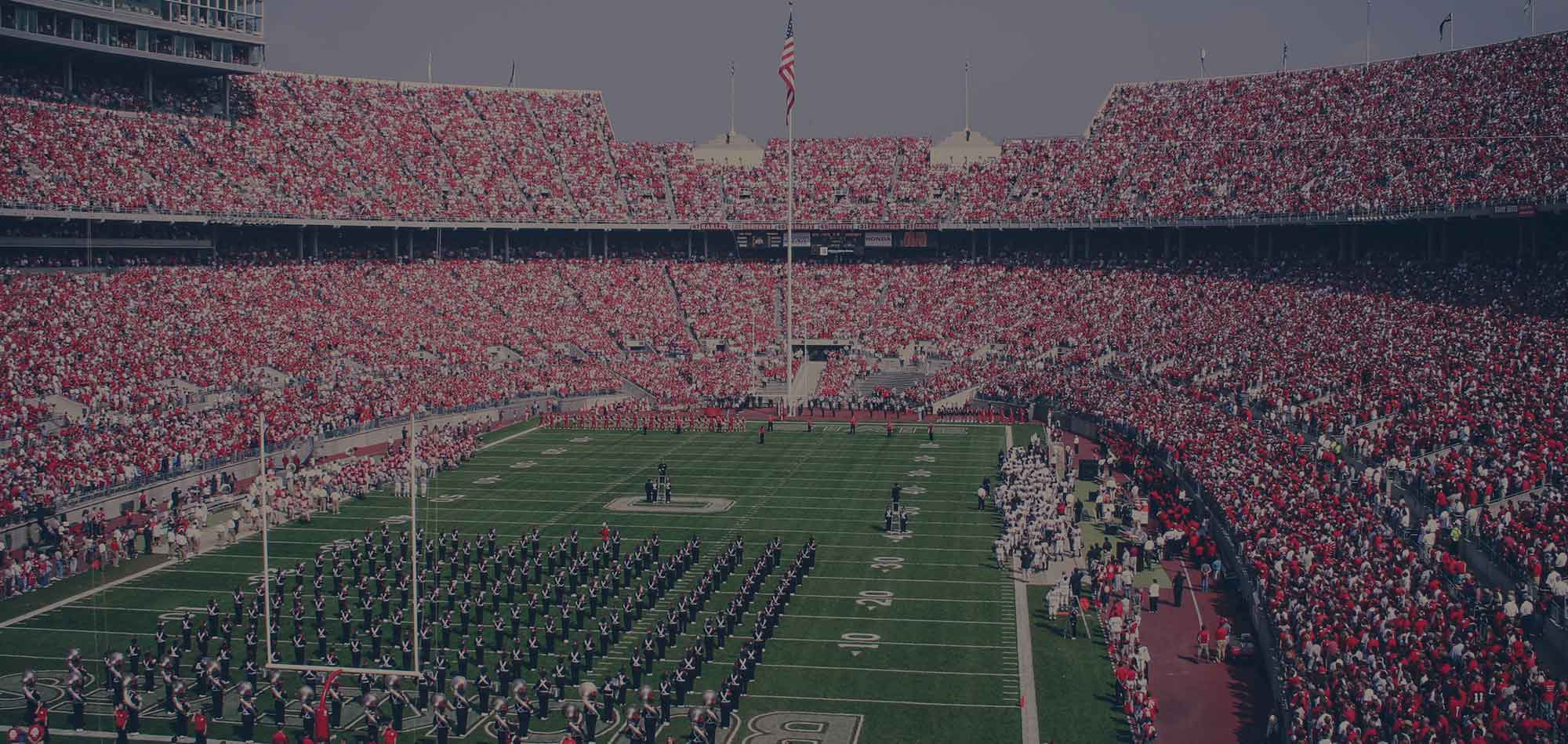No one wants to plug in anymore, not when you can do everything wirelessly. The average college student owns around 7 devices, including tablets, smartphones, notebooks, laptops and wearable devices. The problem starts when they leave the classroom.
While many colleges and universities have started to update their academic areas with modern wireless networks there are other vital areas that are constantly being overlooked.
Campus dorms and sports stadiums are both areas where users today expect and demand a fast and reliable WiFi experience, and delivering better WiFi performance will not only benefit your students but your school's bottom line as well.
What Ethernet Port?
How many of the devices you own have Ethernet ports? These days, the answer is not many. The good news is this alleviates the outdated notion that you need to have a port for every student.
However, it does mean your WiFi network design needs to be able to support those thousands of devices toted by students.
In fact, most colleges and universities have started to address the issue, making reliable, secure WiFi more available in classrooms, lecture halls libraries and other public areas. They’re even starting to understand that this needs to include residence halls, dorm rooms and even stadiums.
These specific places on campus are every bit as important as the academic areas—because students have to study, stream the latest TV shows and express their school pride during the big game.
That’s where ubiquitous, high-speed connectivity comes in, and its ability to re-define the college experience in and out of the classroom, because higher education isn’t in one place anymore.
The Secrets Revealed
Location, location, location. It’s an important part of your campus WiFi performance. Where are students using WiFi the most? Well, probably everywhere, but odds are there are areas being used more often than others.
So ask yourself where does my network still need proper connectivity? The usual answers that tend to get overlooked are:
Residence halls
It’s shocking to say, but still to this day, many college and university dorms lack the proper wireless network infrastructure to support the needed WiFi access today’s students have come to expect.
This not only can affect student’s academic performance but can have disastrous affects for your institutions bottom-line, yes this means enrollment.
Students spend a lot of time in dorms, and yet college campuses across the nation haven’t addressed that need yet. Imagine if everyone in the dorm was streaming, surfing, playing or studying, wirelessly. If you couldn’t support that you’d have some unhappy students on your hands.
How University Village Creates a Connected Community for 438 Students with SecurEdge
Worse than this is when the “brilliant” idea of allowing students to use their own consumer-grade routers. There are too many reasons why this is a terrible idea to list, in short, students are paying top dollar for an experience both academically and socially, wireless access should come standard.
Stadiums
Students and sports fans want the full experience when it comes to attending the big game, the problem is that the action isn’t just happening on the field but also in the stands.
People are connecting and interacting with the game via apps, and social media, tweeting, sharing pictures and videos, streaming other camera angles, checking other scores, the list goes on and on. The current technology landscape demands that you provide the perks of connectivity in the stands.
With new professional stadiums like the new San Francisco Forty-Niners stadium leading the way a blue-print is starting to take shape on how to deliver a modern sports experience. Combining beacon technology and location-based services with mobile applications, the traditional sporting event experience can be transformed.
Take wayfinding for example, schools can offer their fans “gps” style navigation while at the same time offering their fans interactive messaging as they travel through different sections.
Aside from the user experience from a business standpoint beacons and mobile apps can provide valuable analytics.
These analytics can be anything from most popular beverage purchased, to bottlenecks in your stadium. The possibilities are almost endless and while this is still relatively new, beacons are quickly becoming a business’s best friend.
Don’t get Left Behind
It can’t really affect you can it—not having optimal WiFi performance in areas where students want it?
The answer is it absolutely can.
Connectivity has become a major priority. Enrollment on some campuses has even taken a hit due to the inability to meet wireless needs. Students want strong connectivity, and if you don’t have it they will go somewhere that does.
It’s true, there are some challenges that come with upgrades and deployments, but those can be overcome. Finding the funding, addressing capacity, security, coverage and density are all possible.
Take a few steps to make it happen.
- Establish your goals and what you are trying to accomplish
- Understand your current network by performing site surveys and application performance testing
- Determine the best solution for your needs
- Deploy and validate that everything works as it should
- Keep planning for what's next
Building a campus wireless network design takes some creative thought. It’s not always black and white and usually takes some innovative thinking. However, it’s more important than ever for a university or college to offer the best campus WiFi possible.






